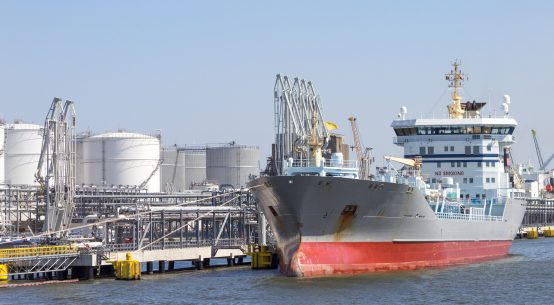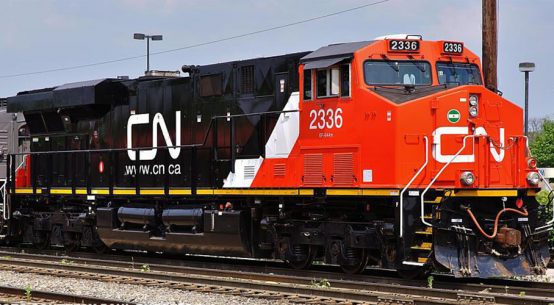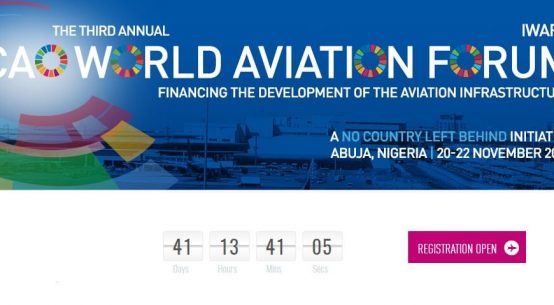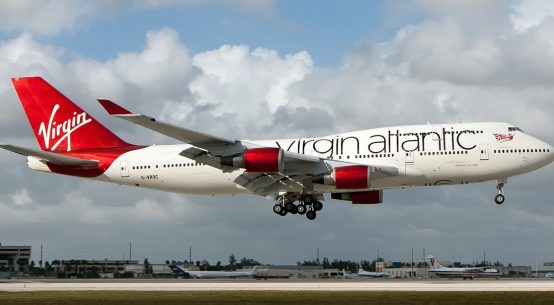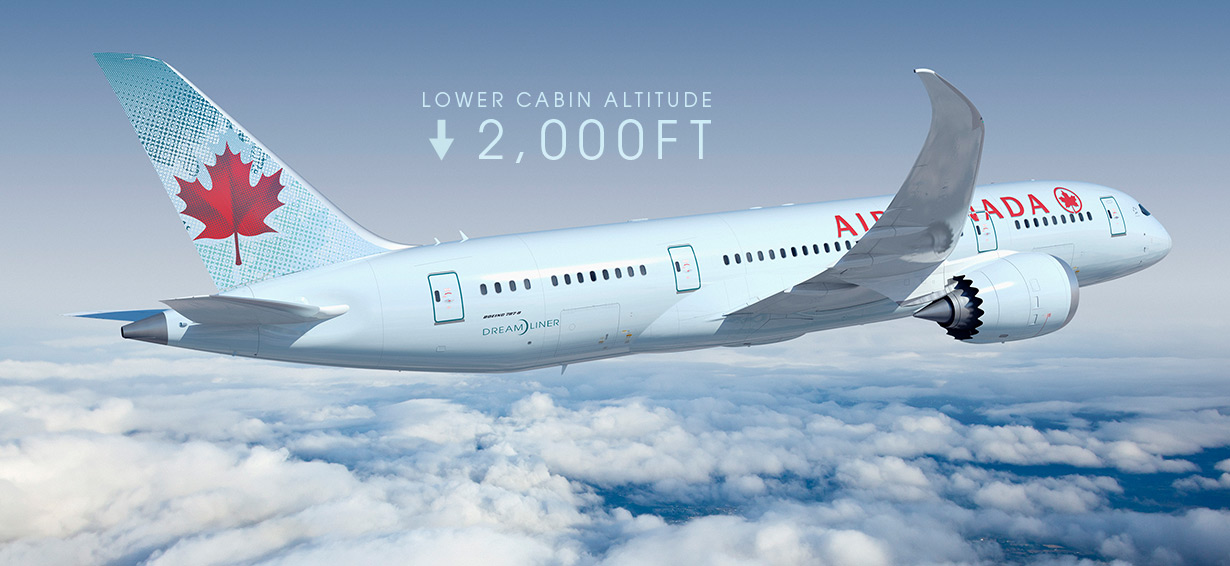
SAN FRANCISCO (AP) – Six times in a row, the control tower at San Francisco International Airport ordered an incoming Air Canada plane to abort its landing — fearing another plane might be on the runway. Each time, the order went unanswered.
Finally, air traffic controllers Sunday night took out an emergency red light and aimed it outside their window toward the jet to try to get the pilot’s attention. That didn’t work either, the plane landed and the pilot then radioed that he was having problems with his radio.
“That’s pretty evident,” the controller responded.
The Federal Aviation Administration said Tuesday it is investigating the second serious security issue in three months involving an Air Canada passenger jet landing at San Francisco airport.
Last July, an Air Canada jet with 140 people on board nearly landed on a taxiway where four planes were waiting before takeoff, prompting the FAA to issue new rules for nighttime landings and control tower staffing at the airport.
Sunday’s incident involved a flight from Montreal. The Airbus A320 was given initial clearance to land when it was about 6 miles (10 kilometers) from the airport, FAA spokesman Ian Gregor said. The cockpit acknowledged the instruction.
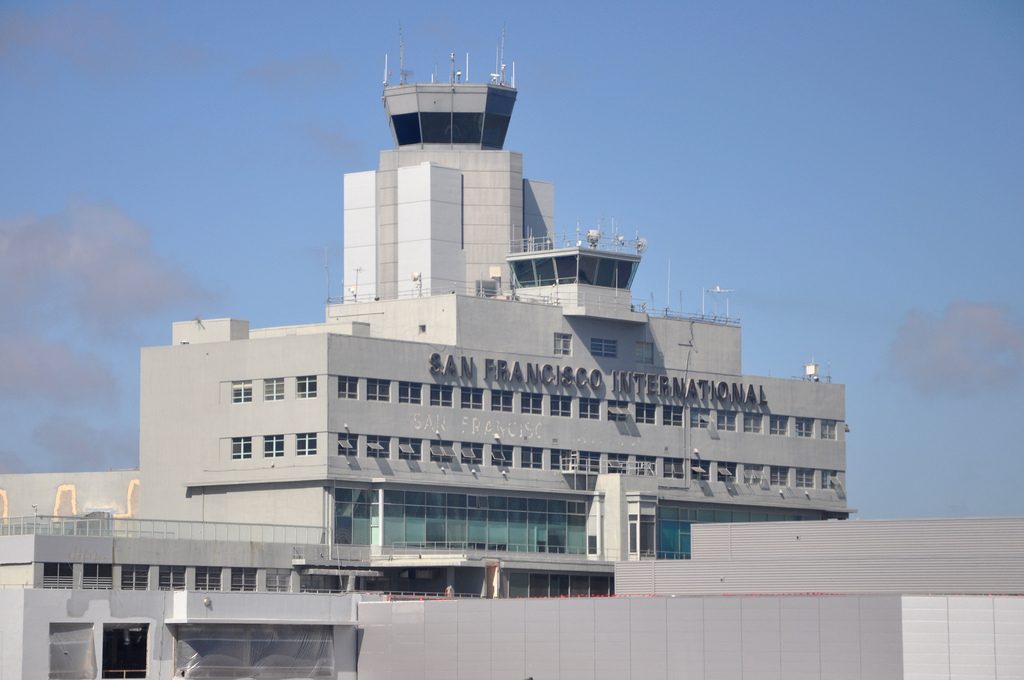
But air traffic control then reversed its clearance, concerned a plane that had just landed would not be off the runway in time.
“Air Canada Flight 781, go around,” the controller said, using terminology telling the pilot to abort the landing.
Audio from the control tower indicates the Air Canada flight was
told six times in less than 35 seconds to “go around” for another landing attempt.
The controller’s voice gets slower and more emphatic. The instructions were met with silence, according to the audio clip posted at LiveATC.net.
The air traffic control supervisor then used a flashing “red light gun” shined out from the control tower windows toward the plane to alert the crew, Gregor said. Doing so is a standard procedure when an aircrew does not respond to radio instructions.
“Air Canada did not respond to the verbal instructions or to the light gun instruction,” Gregor said.
The flight landed about 9:30 p.m.
“After landing, the Air Canada crew told the tower they had a radio problem,” Gregor said.
He said that a radar replay showed the runway was in fact cleared of the earlier arrival when the Air Canada flight landed.
Air Canada spokesman Peter Fitzpatrick also said the company was investigating the incident.
“After receiving proper clearance to land it proceeded to do so and landed normally. Upon landing the crew was informed the tower had attempted unsuccessfully to contact the aircraft, however the message was not received by the crew,” Fitzpatrick said.
On July 7, Air Canada pilots mistook the taxiway for the runway next to it and flew their jet to just 59 feet (18 meters) above ground before pulling up to attempt another landing, according to the National Transportation Safety Board. That’s barely taller than the four planes that were on the taxiway.
Air Canada has not said whether the pilots were disciplined.
Follow us on Facebook for more Logistics News
In August, the FAA issued new procedures to apply when a runway parallel to a plane’s designated runway is closed, as it was during the incident.
Air traffic controllers may no longer let pilots make so-called visual approaches to land. Instead, they must use instrument landing systems or satellite-based systems to line up for the correct runway.
The FAA also stipulated that two controllers must be in the airport tower during busy late-night periods. Only one controller was working during the Air Canada incident in July.



